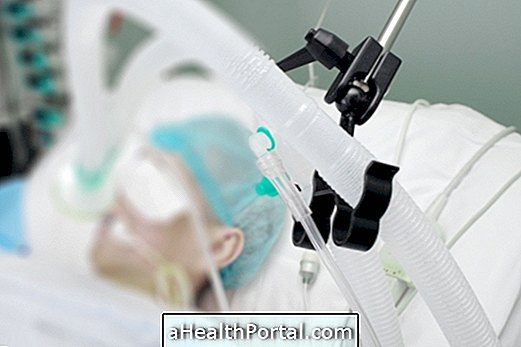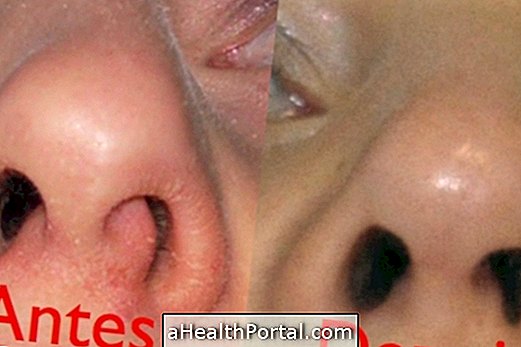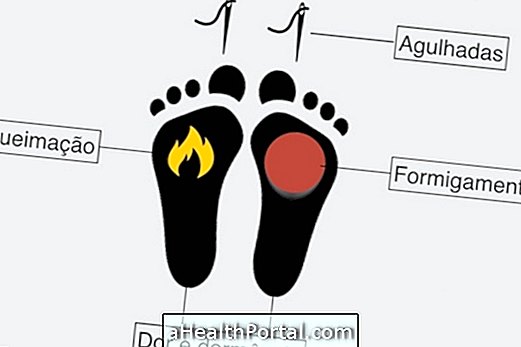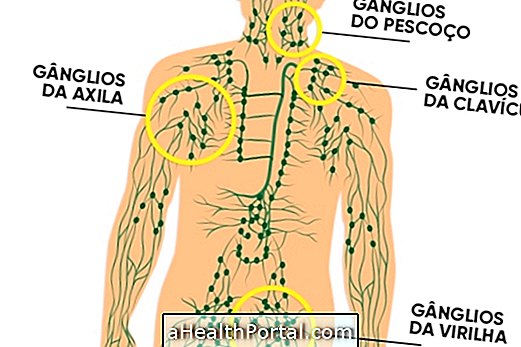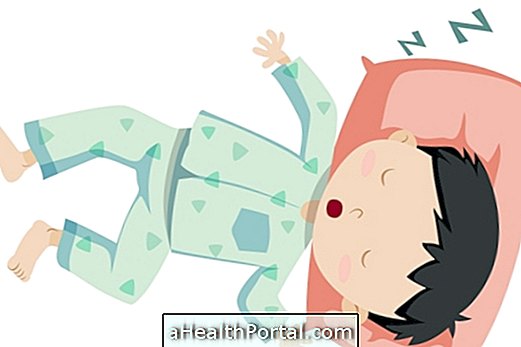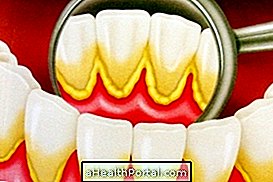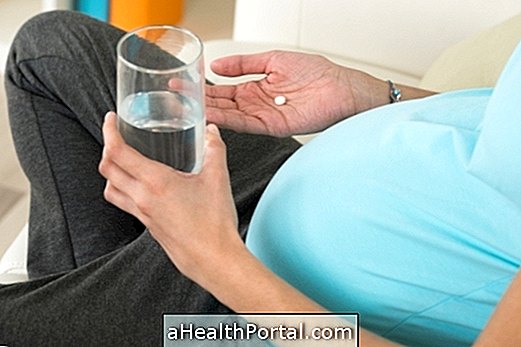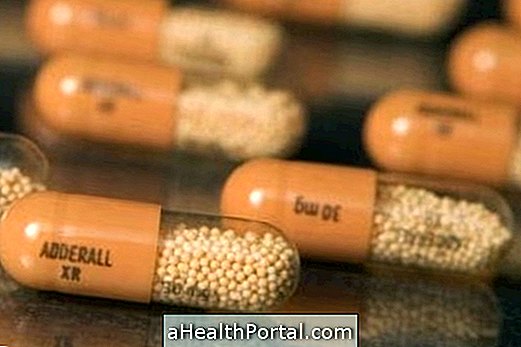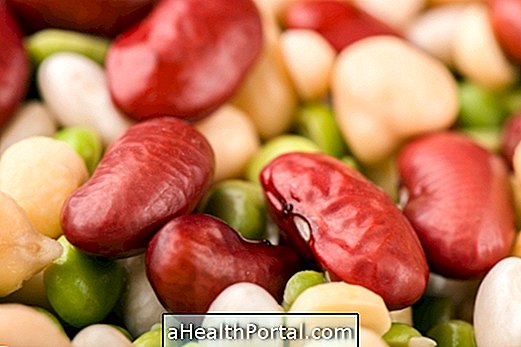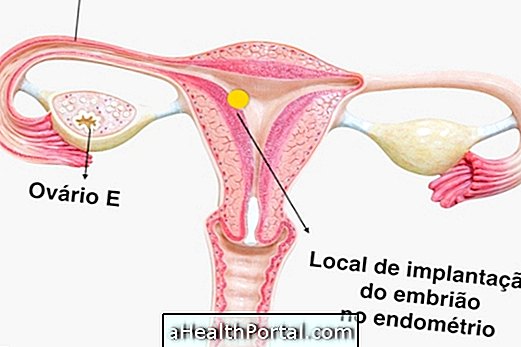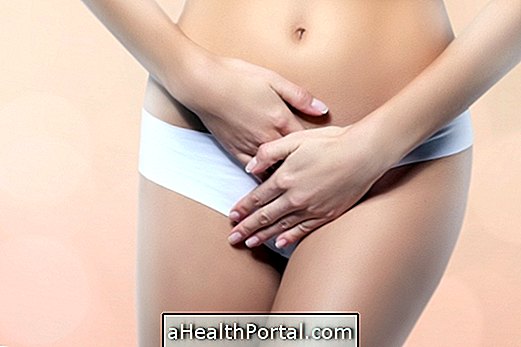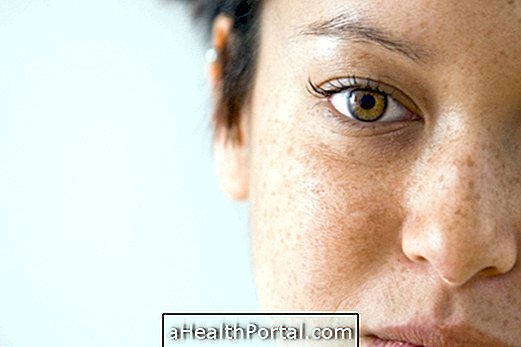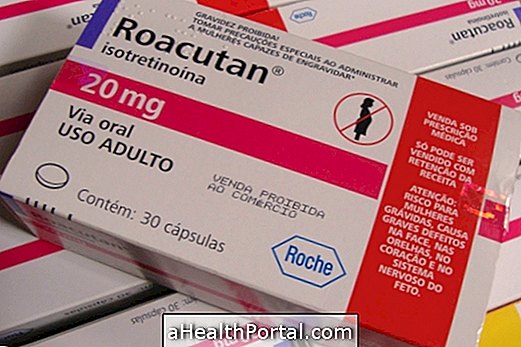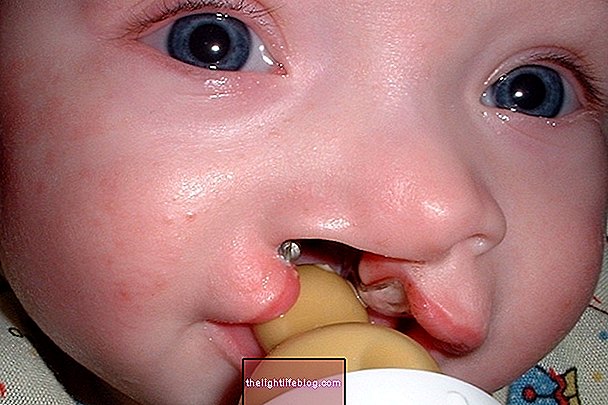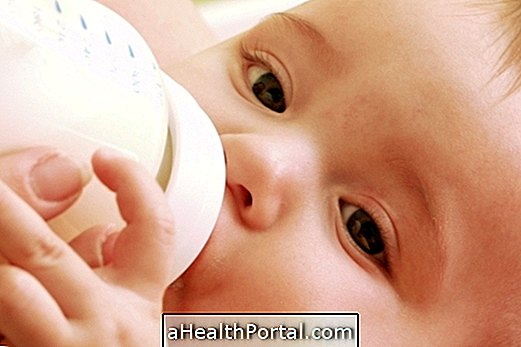To prevent the piercing from becoming infected, one must place the piercing in a legalized and properly cleaned shop, as well as take the tetanus and hepatitis vaccines, because there is less risk of catching serious diseases such as hepatitis or AIDS, for example.
After doing the piercing, it is normal for the site to become sore, swollen and reddish for the first few days. And in this period it is important to keep the piercing site always clean and dry, as it is in the first month that there is a greater risk of it becoming infected.

How to clean the piercing in the 1st month
To maintain good hygiene of the piercing and to avoid infections, be it in the ear, nose, mouth or navel, there are 4 essential care that must have:
- Wash hands before touching the piercing, if possible with antibacterial soap;
- Clean the skin around the piercing using a gauze moistened with saline;
- Disinfect the area with a gauze moistened with iodopovidone or Povidine, for example;
- Finish by drying the area around the piercing using a clean, dry gauze.
This care should be repeated 2 to 3 times a day, and it is also recommended to move and rotate the piercing at least 2 times a day, in order to prevent secretions from sticking close to the piercing.
What to do if the Piercing Flame
Even with care when cleaning the piercing, there may be some signs that the skin around you is getting inflamed or with an infection, such as swelling in the area, severe pain, severe redness, bleeding or the presence of pus.
In such cases, it is advisable to go to the emergency room so that appropriate treatment can be given by a doctor or nurse. Treatment depends on the severity of the infection and may require the use of analgesics or antibiotics.

How to Care for Each Type of Piercing
Although cleaning tips can be used on any part of the body, each region of the body needs its special care, which includes:
- Nose Piercing : It is important to wipe the nose several times a day, using a handkerchief and without squeezing, to avoid piercing the nose with dirt;
- Navel Piercing : It is recommended to avoid sleeping belly down, especially during the first month, and it is also recommended to wear loose clothing that does not scrape or pull the piercing;
- Ear Piercing : It is recommended to avoid sleeping on the piercing in the first two months;
- Finger Piercing : It is important to wear gloves when using strong cleaning products, such as bleach for example, and it is also recommended to wash hands with glycerin soap several times a day;
- Eyebrow Piercing : It is advisable to avoid using beauty products in this area during the first month, as bases or correctives, for example;
- Piercing in the mouth : It is important to bet on soft and cold foods in the first two weeks after piercing, choosing to eat yogurt, porridges and fruit juices, for example. In addition, it is also recommended to use an oral disinfectant after brushing your teeth;
- Piercing in the genital region : It is important to do intimate hygiene at least 3 times a day, using warm water and gentle intimate soap. In addition, you should bet on the use of cotton underwear and only wear loose clothing during the first month.
Usually, the total scarring of a piercing takes about a month, and after that time it is possible to replace the piercing placed in the store, by another smaller and antiallergic material. These should only be purchased at specialist and reliable stores, such as tattoo shops, piercings or jewelers.
Main risks of Piercing
Doing a piercing may not be as innocent an act as it may seem, as it may bring some health hazards such as:
- Causing Allergy Reactions: Some piercings, especially those made in nickel, cause allergy, leading to itching, redness and pain on the spot;
- Causing infections: When piercing is not respected, especially in the first month, there is a high risk of infections that need medical attention;
- They can cause scars: depending on the body of each person scars can appear with keloids in place, which can deform the skin.
In rare and serious cases, piercing can lead to endocarditis, which is inflammation of the tissue that lines the heart and is caused by the entry of bacteria into the heart through the blood, leading to life-threatening infections.

